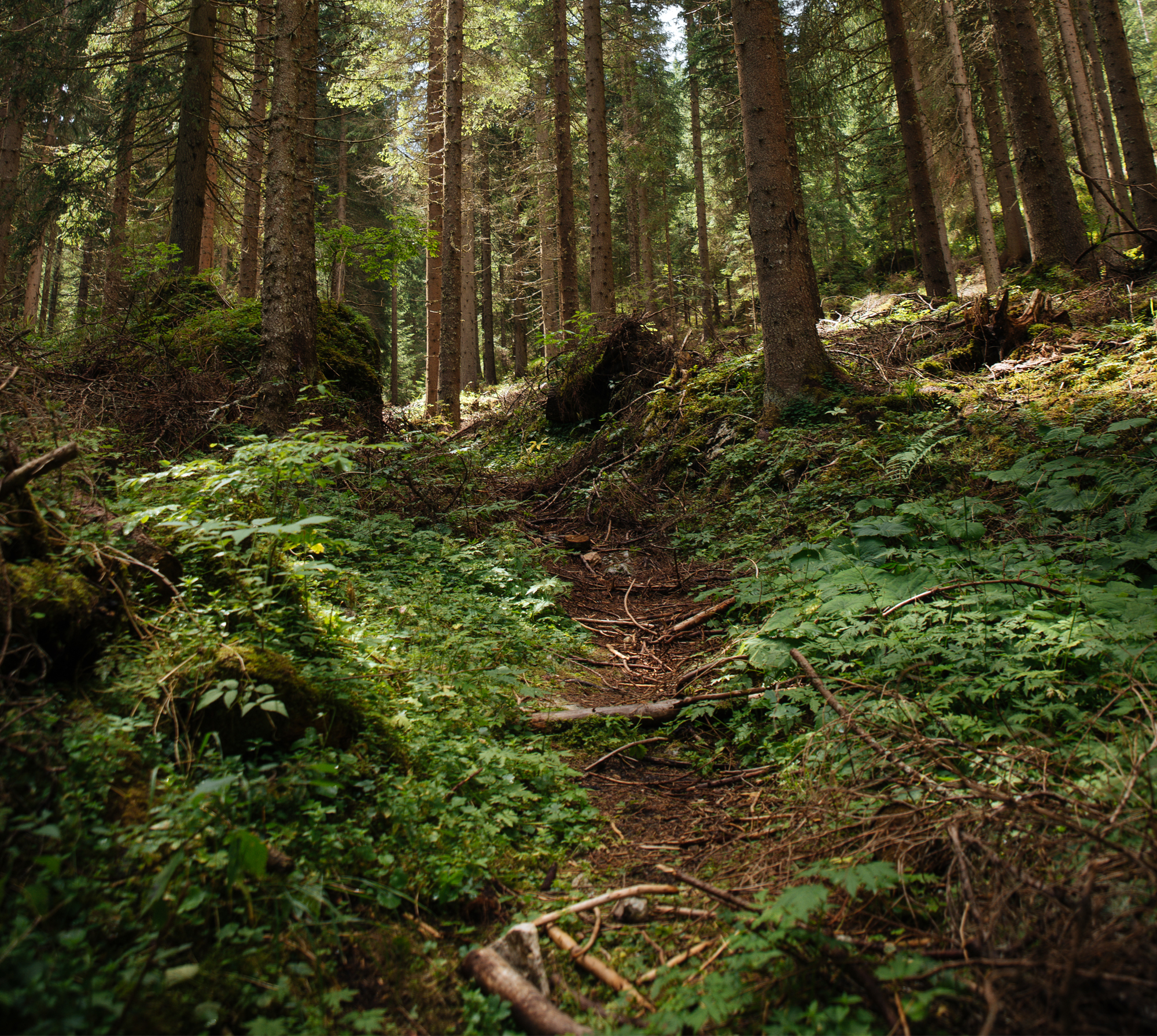
Społeczne preferencje wśród osób biegających na nartach na terenach leśnych
Social preferences among cross-country skiers in forest areas
Autorzy
-
Agnieszka Mandziuk
Katedra Urządzania Lasu, Dendrometrii i Ekonomiki Leśnictwa, Szkoła Główna Gospodarstwa Wiejskiego w Warszawie
ul. Nowoursynowska 159/34, 02-776 Warszawa
e-mail: agnieszka_mandziuk@sggw.edu.pl
nr tel. +48 22 59 38 234 -
Justyna Radomska
Katedra Urządzania Lasu, Dendrometrii i Ekonomiki Leśnictwa, Szkoła Główna Gospodarstwa Wiejskiego w Warszawie
ul. Nowoursynowska 159/34, 02-776 Warszawa -
Irena Łukawska
Katedra Urządzania Lasu, Dendrometrii i Ekonomiki Leśnictwa, Szkoła Główna Gospodarstwa Wiejskiego w Warszawie
ul. Nowoursynowska 159/34, 02-776 Warszawa
Abstrakt
There is currently growing interest in active recreation in forest areas. The most common forms of recreation include walking, running and cycling. Recently, disciplines such as orienteering, cross-country skiing and bird watching have become increasingly popular.
To determine the social preferences of cross-country skiers in the forests in 2023 (January-March), a survey was conducted among a group of 305 people. The survey questionnaires were distributed to cross-country skiers at ski events, and some were also distributed via the internet (Survio). Respondents were asked about the frequency of skiing, the motives for skiing, the duration of skiing, the distance from their home to the forest and the condition of the recreational and sports infrastructure. Respondents also indicated how high the costs associated with the sport are and what percentage of their income they spend on it.
Most people ski several times a week for 1 to 2 hours, with the need for relaxation and health reasons being the main motives. Respondents travel short distances between their home and the forest where they ski, with the largest group stating a distance of 11 to 20 km. The condition of the infrastructure is predominantly rated as good and very good by the respondents. Areas in need of improvement include the lack of lighting on the ski trails, rest and transition areas, parking lots and restrooms. The most frequently reported amounts spent on skiing ranged from PLN 101 to PLN 500. Most stated that spending on this purpose accounted for 4–5% of their income.
Providing recreational facilities in forest areas and getting to know the needs and preferences of the public are very important for the implementation of multifunctional forest management and today represent a challenge for the managers of these areas.
Słowa kluczowe
| DOI | 10.48538/lpb-2025-0001 |
|---|---|
| Source | Leśne Prace Badawcze / Forest Research Papers, 2025, Vol. 85: 1–10 |
| Print ISSN | |
| Online ISSN |
2082-8926 |
| Type of article |
Original research article |
| Original title |
Społeczne preferencje wśród osób biegających na nartach na terenach leśnych |
| Publisher | © 2025 Author(s). This is an open access article licensed under the Creative Commons Attribution-NonCommercial-NoDerivs License (http://creativecommons.org/licenses/by-nc-nd/4.0/) |
| Date | March 2025 |

